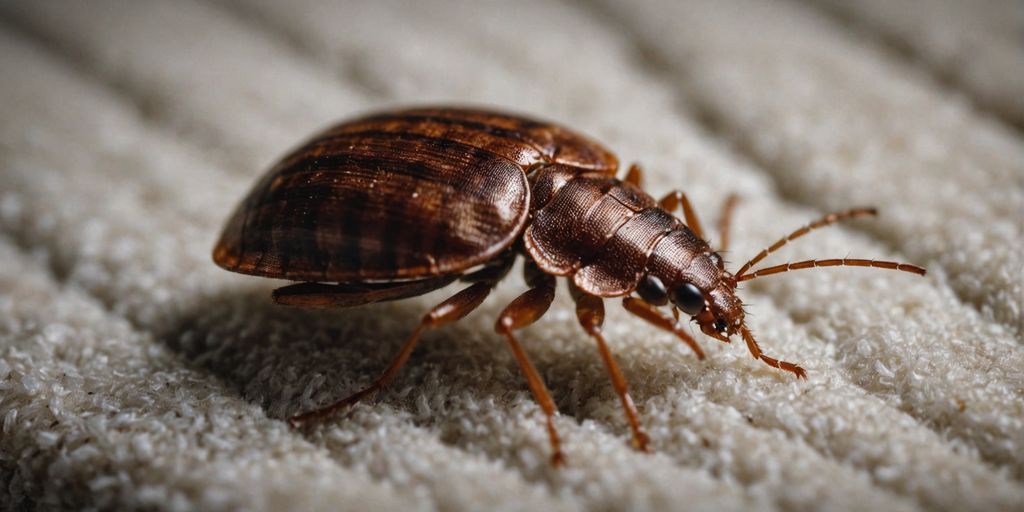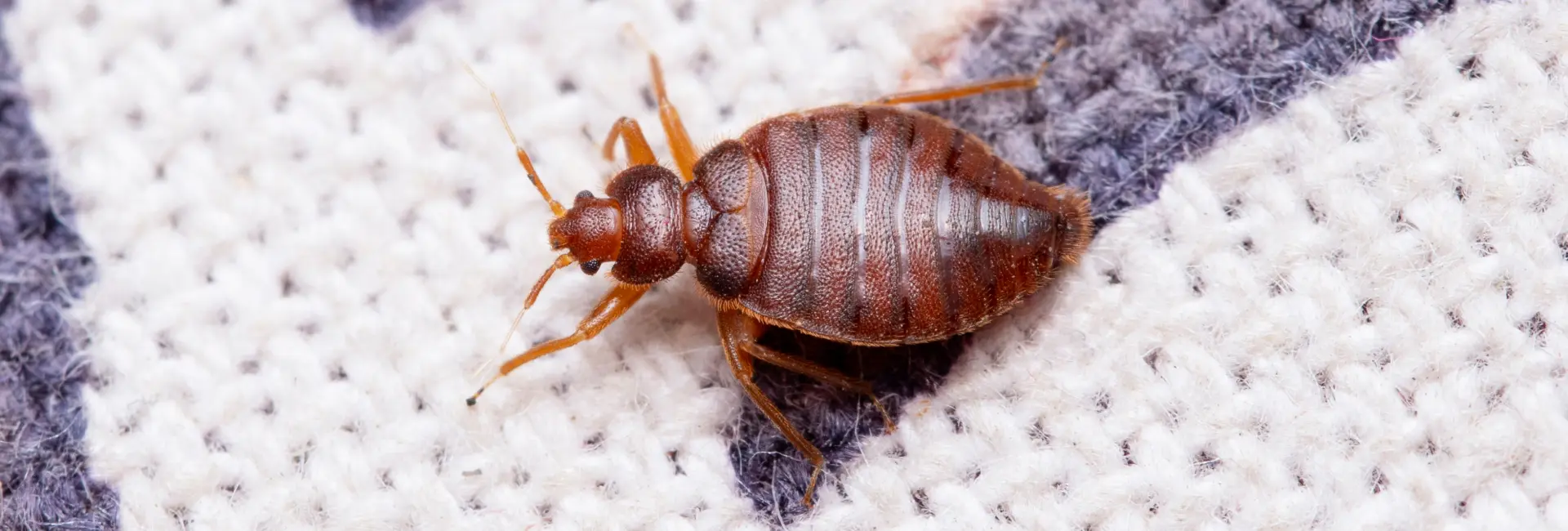Efficient Bed Pest Treatment Methods: A Key Element of Parasite Control
The renewal of bed bug invasions has highlighted the need for effective treatment techniques within the parasite control industry. These resilient bugs, capable of averting standard techniques, require a multifaceted method that integrates both typical and innovative techniques. Recognizing their behavior is important, as is the application of advanced technologies and precautionary steps. Despite the array of options available, the question remains: what mix of strategies verifies most reliable in not just removing these bugs but also preventing their return? Discovering this intricate problem can cause more informed practices and far better results for those impacted.
Understanding Bed Insect Behavior

One of the defining features of bed bugs is their capability to reproduce quickly. A solitary female can lay numerous eggs in her life time, resulting in speedy population growth if left uncontrolled. Additionally, bed bugs can make it through for numerous months without feeding, permitting them to endure periods of host lack, which can hinder timely monitoring initiatives.

Conventional Therapy Approaches
While modern methods to bed insect monitoring have actually obtained appeal, typical therapy methods remain foundational in attending to invasions. These techniques mainly consist of chemical therapies and physical treatments.
Chemical chemicals, such as pyrethroids and neonicotinoids, have actually been traditionally used to remove bed bugs. These materials function by interfering with the nerves of the pests, causing their ultimate death. Due to the growth of resistance amongst bed pest populations, efficiency can vary.
Physical methods, including heat therapy, have actually likewise belonged to conventional techniques. This involves raising the temperature of ravaged locations to a deadly level for bed pests, generally around 120 ° F(49 ° C) for continual periods. This technique is especially beneficial as it can pass through different materials and does not leave chemical residues.
Moreover, detailed cleaning practices, such as vacuuming and cleaning ravaged bedding and clothing, are necessary in this strategy. Securing fractures and crevices, in addition to making use of cushion encasements, can also stop bed insects from establishing themselves in living rooms. Collectively, these typical methods offer a critical structure for handling bed pest invasions effectively.
Modern Technologies in Treatment
The landscape of bed pest therapy has actually advanced considerably with the introduction of contemporary innovations that improve efficiency and effectiveness in handling invasions - Bed Bug Heat Treatment. Among one of the most remarkable developments is using heat therapy, which includes raising the temperature of ravaged locations to levels lethal to bed pests. This approach not just eliminates adult bugs yet additionally targets eggs, hence interrupting their reproductive cycle
An additional development is the implementation of advanced surveillance systems, such as bed pest detection dogs and state-of-the-art traps geared up with sensing units. These devices help recognize invasions early, allowing for prompt intervention. Additionally, the growth of insecticides with unique modes of action, made to get rid of resistance, makes sure that bug control professionals have reliable choices at their disposal.
Furthermore, the assimilation of innovation in pest control administration, such as data analytics and mobile applications for tracking and reporting infestations, improves the therapy procedure. These technologies jointly add to more sustainable and reliable bed pest administration techniques, showing the industry's recurring dedication to enhancing pest control end results. Consequently, both homeowner and pest administration specialists can approach invasions with better confidence and precision.
Preventative Procedures for Infestations
Efficient prevention methods are important in decreasing the risk of bed bug problems, with aggressive measures playing a crucial duty in guarding both residential and industrial areas. Among the most effective techniques is routine inspections of living and work areas, especially in position where people regularly collect, such as resorts and public transportation. Early discovery can dramatically reduce the chances of an infestation ending up being developed.

One more precautionary action entails the careful evaluation of pre-owned furniture and garments prior to bringing them right into your area. Making use of safety coverings on cushions and box springtimes can additionally provide an efficient barrier against bed pests.
Last but not least, enlightening homeowners and employees concerning the indications of bed insect presence, such as tiny blood stains or dark places on sheets, empowers people to act swiftly if they suspect a problem, consequently lowering the probability of widespread concerns.
(Bed Bug Treatment)
When to Seek Expert Aid
Acknowledging the signs of a bed pest infestation early on can make a substantial difference in taking care of the trouble successfully. Tiny, brownish pests, together with corroded stains on bed linen, are indicators that must not be ignored. If these signs appear, it is essential to analyze the seriousness of the scenario.
Bed bugs are notoriously resilient, and their ability to hide in hard-to-reach areas complicates treatment efforts. If you notice that bed insects come back in about his spite of repeated attempts to eradicate them, it may be time to speak with a pest control expert.
Lastly, people with allergic reactions or respiratory system concerns need to focus on expert intervention. The chemicals used in parasite control can pose wellness threats if not used properly. Eventually, engaging a certified insect control service ensures an extensive and effective resolution to bed insect problems, guarding your home and health and wellness.
Conclusion
Effective bed pest treatment techniques are critical in regulating invasions and mitigating their influence. A detailed method that incorporates typical approaches with modern innovations enhances treatment efficacy and addresses resistance concerns. Preventative procedures and regular evaluations play a vital duty in decreasing the likelihood of problems. Inevitably, comprehending bed bug habits and knowing when to look for professional aid guarantee that reliable management methods are employed, adding to lasting bug control success.